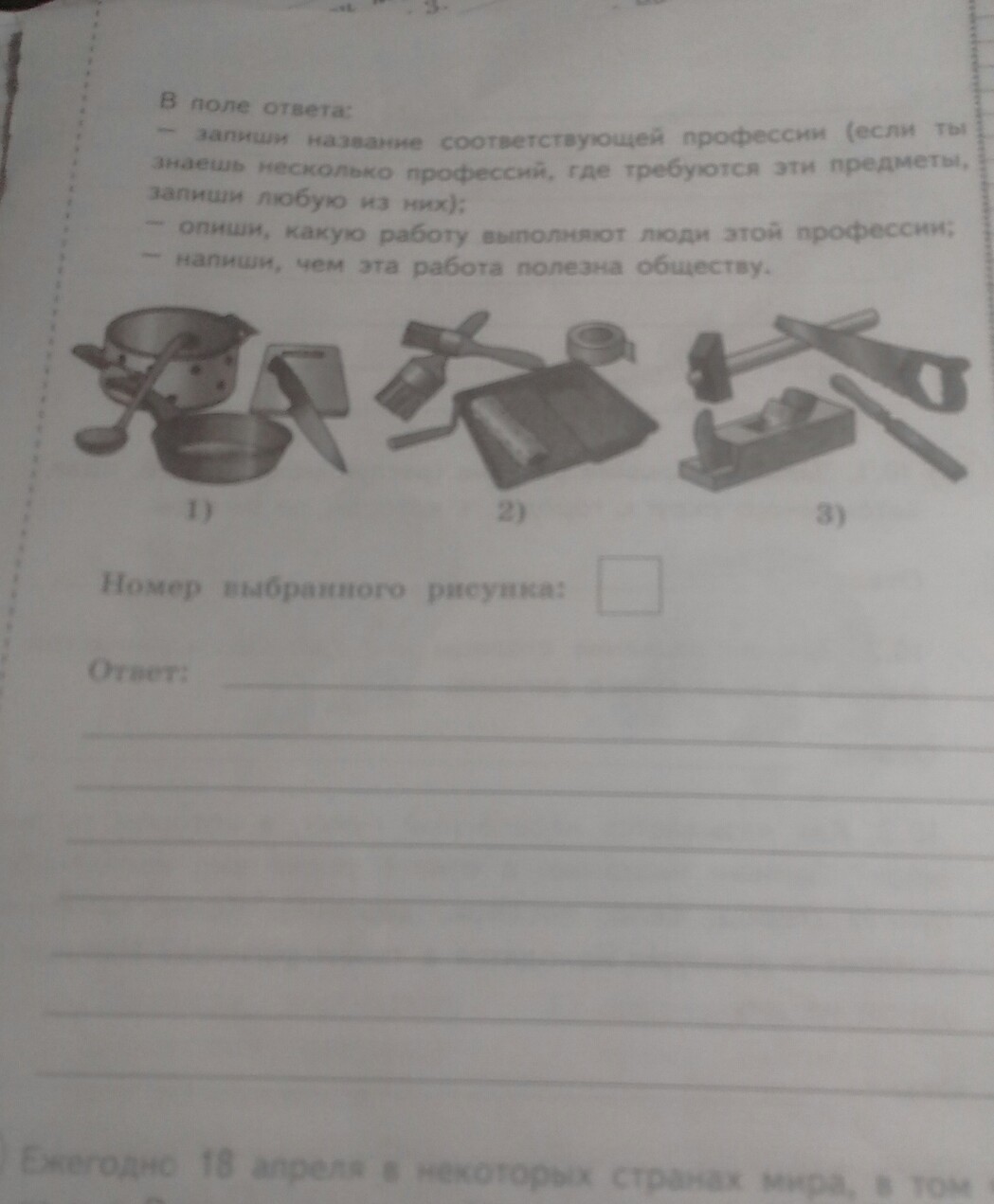Предмет: Окружающий мир,
автор: прв4
помогите?!!!!!!!!!!!!!!!!!!!!????!!!@@@$$$$$
Приложения:

Ответы
Автор ответа:
1
1)Профессия повар.Они готовят очень вкусные блюда.Эта работа полезна обществу тем то что они готовят еду без которой человек может умереть с голоду.
Похожие вопросы
Предмет: Химия,
автор: varvaragladyr
Предмет: Українська мова,
автор: matvey333340
Предмет: Физика,
автор: Аноним
Предмет: Биология,
автор: mint123
Предмет: Английский язык,
автор: faridanasrullaeva69